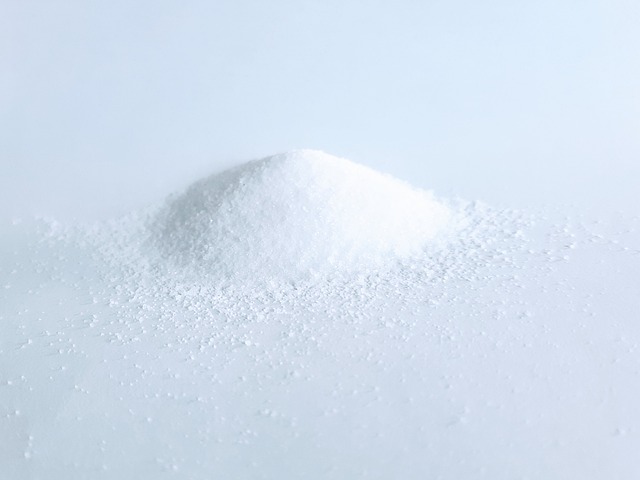
Colloid microcrystalline cellulose is a purified or partially depolymerized cellulose that is not absorbed by oral administration and is a crystalline powder composed of porous particles that are non-toxic and odorless. Colloid microcrystalline cellulose has excellent adsorption, suspension aid, and dilution properties, and plays an important role in pharmaceutical, food processing, and chemical engineering. Proper intake of microcrystalline cellulose is harmless to the human body, it is not absorbed by the human body, and there is no toxicity, so it is a good food additive.

Colloid microcrystalline cellulose is a cellulose-based ingredient derived from plant cellulose, which is the main component of the cell walls of most plants. Cellulose is composed of sugar molecules that are linked together in long chains. Colloid microcrystalline cellulose is created by breaking down cellulose into small particles and then suspending them in a liquid. This makes it possible to add CMC to food products as a thickening and stabilizing agent.There are some benefits of colloid microcrystalline cellulose:
1. It is easy to disintegrate, and it is easy to disintegrate when mixed with drugs and enters the stomach.
2. Not susceptible to mold, cellulose is β Glucose type, generally amylase does not attack cellulose.
3. Safety: Not absorbed by the human body, as a carrier of drugs, not reacting with the human body.
4. Promoting digestion: The human body does not digest cellulose, but only moves with food without being absorbed, which can help digestion and prevent digestive system diseases.

So, is colloid microcrystalline cellulose safe to consume? The answer is yes. CMC is considered safe for human consumption by the US Food and Drug Administration (FDA). It is also generally recognized as safe by the World Health Organization. Studies have found that CMC is not toxic and does not cause any adverse health effects when consumed in the amounts typically found in food and dietary supplements.
Despite its safety and health benefits, colloid microcrystalline cellulose does have some potential drawbacks. It is not a natural ingredient, and it can alter the texture and flavor of food products. As a type of cellulose, colloid microcrystalline cellulose is a substance that is not absorbed by the human body.
If you have too much colloid microcrystalline cellulose at one time, it can cause food and water in the digestive tract to be discharged without sufficient digestion, increasing the burden on the digestive system, leading to diarrhea symptoms. In addition, misuse of injections or inhaled drugs containing microcrystalline cellulose can cause granulomas. Microcrystalline cellulose is not absorbed. If inhaled or injected in large amounts, it can cause some of the colloid microcrystalline cellulose to fail to be excreted, leading to immune system reactions and the formation of granulomas.
Overall, Colloid microcrystalline cellulose is a safe and beneficial ingredient that is widely used in many food products. It is approved by the FDA and generally recognized as safe by the World Health Organization. CMC is free of allergens and low in calories, fat, and cholesterol. However, it is not a natural ingredient, and it can alter the texture and flavor of food products. Additionally, it may have a laxative effect when consumed in high amounts.
1.Nabais, J.M.V.; Ledesma, B.; Laginhas, C. Removal of amitriptyline from aqueous media using activated carbons. Adsorpt. Sci. Technol. 2012, 30, 255–263. [Google Scholar] [CrossRef]
2.Chang, P.; Jiang, W.; Li, Z.; Kuo, C.; Jean, J.; Chen, W.; Lv, G. Mechanism of amitriptyline adsorption on Ca-montmotillonite (SAz-2). J. Hazard. Mater. 2014, 277, 44–52. [Google Scholar] [CrossRef] [PubMed]
3.Bezerra, R.D.S.; Morais, A.I.S.; Osajima, J.A.; Nunes, L.C.C.; da Silva Filho, E.C. Development of new phosphated cellulose for application as an efficient biomaterial for the incorporation/release of amitriptyline. Int. J. Biol. Macromol. 2016, 86, 362–375. [Google Scholar] [CrossRef] [PubMed]
4.https://foodadditives.net/anticaking-agent/microcrystalline-cellulose What is Microcrystalline Cellulose/Cellulose Gel E460(i) in Food and Uses?